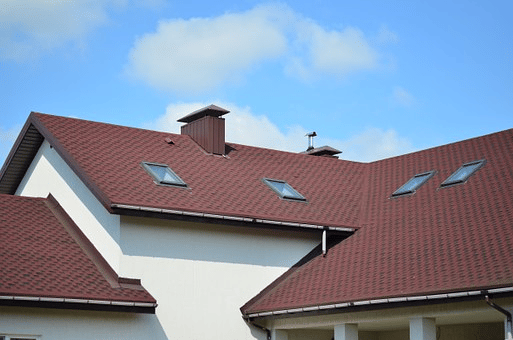As a homeowner, you always want to keep an eye out for anything in the home that might have stopped working, might not be working as it should, or might need to be replaced. You understand that this will not only protect the strength and stability of the property but also maintain or increase its value. That is why, when you least expect it, you may require roofing services. After all, the roof is an important element of your home responsible for keeping the weather and uninvited critters out.
However, when the roofer shows up and starts explaining what will need to be done to fix your roof, you may not fully understand what they mean. Before signing on the dotted line without a clear idea of the roofing terms included in the contract, here is an overview of some of the main ones.
Types of Roofing Terms
Asphalt shingles – The most common roofing material used in homes today. They can handle most weather conditions and are available in a wide variety of styles and colors. Accessible and easy to install. They will usually last between 15 and 40 years.
Clay or concrete tiles – A popular roofing option, these tiles can be made of either terracotta or fired clay. They are strong and long-lasting.
Cornice – A section of the roof that projects out from the side walls of the dwelling.
Counterflashing – Flashing that is embedded at the top of any vertical structure. It is then lapped down over shingle flashing.
Courses – Horizontal rows of shingles.
Drip – A strip of metal that extends out beyond the eaves to keep rainwater from rolling back towards the wooden part of the house.
Eaves – The lower side of the roof. Eaves generally overhang beyond the building’s edge.
Fascia – Trim board that needs to be installed behind the eaves and the gutter.
Flashing – A piece of sheet metal or another type of material that is used to prevent leakage by being placed at various junctions of different roofing planes.
Felt – A type of tar paper made of a combination of paper or rags and asphalt. It is commonly used by roofers.
Gable – A triangular upper part of a wall. It closes at the end of a ridged roof.
Hip – The outer angle at the union of two sides of a roof where supporting walls adjoin.
Joist – Usually found in flat roofs, it is a horizontal structure over which sheathing is nailed.
Metal roofing – A metal roof will resist fire, high winds, and heavy rains. It is extremely long-lasting and comes in a variety of metals, including steel, aluminum, copper, and zinc.
Rafter – A slanted structure to which sheathing is nailed.
Ridge – The slanting edge of a gabled roof that generally extends beyond the structure of the house.
Sheathing – A rigid material that can be a 1 x 6 or a 1 x 12-inch sheet of plywood. It is usually nailed to the rafters or any other roofing material and secured.
Slate – An expensive but tough and beautiful roofing material. It gives the home a unique look and can last over a century.
Slope – A pitch or the number of inched vertical-rise in a roof.
Soffit – A board that encloses the underside of a section of the roof that extends beyond the side of the home’s structure.
Underlayment – A roofing felt that is laid over the sheathing before any shingles are installed.
Valley – The angle where two sloping roof sections come together.
Wood shingles – Made from pine or cedar, shingles are a good roofing option and should last between 25 and 30 years.








